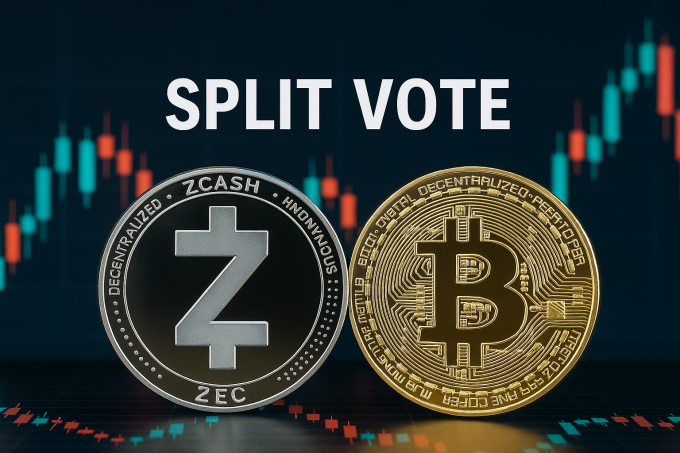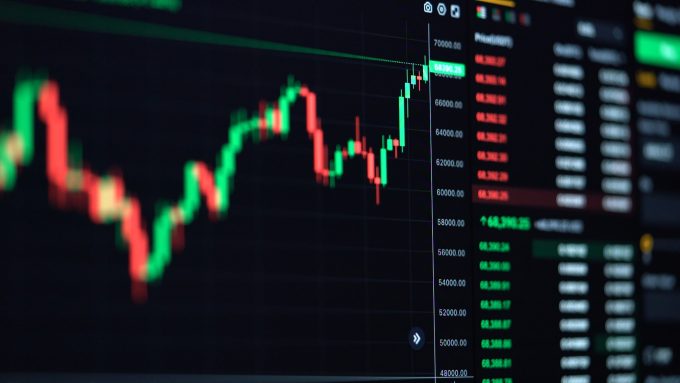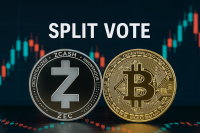Erik Thédén, chair of the Basel Committee on Banking Supervision, has called for a rethink of the global capital rules that force banks to hold massive buffers against crypto assets, citing growing resistance from major jurisdictions and the rapid growth of stablecoins. This development could reshape how traditional financial institutions interact with digital assets.
Market Backdrop & Capital Regime Tensions
The Basel Committee’s current framework, agreed three years ago, mandates a 1,250 % risk weight on volatile crypto assets — meaning banks must hold at least $1 in capital for every dollar of such crypto they hold. But both the U.S. Federal Reserve and the Bank of England have refused to implement these rules, calling them unrealistic. Thédén pointed to the market shift: while the original focus was on unbacked assets like Bitcoin, the stablecoin market has ballooned to roughly $300 billion, prompting fresh scrutiny of how regulators assess risk.
Regulatory Friction & Operational Risks
The Basel standards, slated for implementation from January 1, 2026, cap banks’ total exposure to “Group 2” (risky) crypto at 1–2% of their Tier 1 capital. Assets classified as Group 2, including unbacked crypto and unstable stablecoins, are hit with the maximum 1,250% risk weight. According to legal analysis, that effectively means banks face a dollar-for-dollar capital requirement plus buffer add-ons. Thédén conceded that divergent views across jurisdictions, especially over permissionless blockchains, make any regulatory consensus difficult. Meanwhile, industry groups — including the Institute of International Finance and ISDA — are lobbying Basel to revisit the rules, arguing they discourage “meaningful participation” in crypto markets.
Investor & Institutional Behavior
From an institutional perspective, the current capital regime has discouraged large-scale crypto exposure. Banks have largely avoided holding stablecoins like USDT and USDC on their balance sheets because the rules treat these as if they were as risky as Bitcoin. That risk-averse stance reflects a broader sentiment: key players are calling for fresh analysis of how permissionless blockchains pose risk compared to earlier assumptions. Thédén himself admitted that the “very strong increase” in stablecoins warrants re-evaluation. For crypto investors, this means that any successful calibration could open a more favorable channel for banks to engage in digital-asset markets — potentially unlocking new institutional flows.
Policy & Timing Outlook
Looking ahead, the Basel Committee faces a delicate balancing act. On one side, recalibrating capital requirements could lower the barrier for banks to participate in the rapidly growing stablecoin ecosystem. On the other, regulators must maintain safeguards given the volatility and operational risk of permissionless assets. The debate is already gaining traction: U.S. regulators plan to propose a revised Basel capital-rule framework by early 2026, according to recent remarks from Federal Reserve leadership. How this plays out could significantly influence whether banks deepen their crypto exposure — or continue to tread cautiously.













https://shorturl.fm/kGXJ0